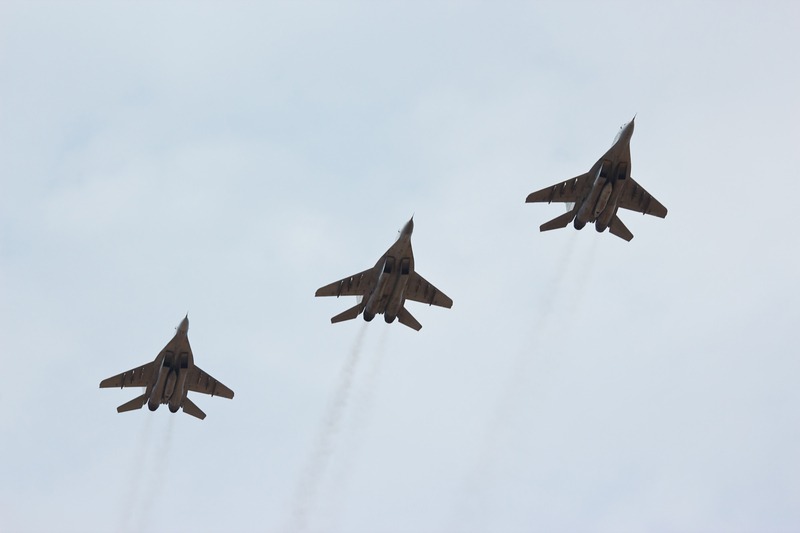Last week, the military intercepted eight Russian fighter jets flying near Alaska on two separate occasions, heightening public apprehension on the security of US airspace.
According to a statement made by the North American Aerospace Defense Command on Thursday, the military stopped four Russian aircraft as they approached the Air Defense Identification Zone (ADIZ) in Alaska on Monday, February 13.
On Tuesday, February 14, the military intercepted four additional Russian fighter jets near ADIZ, according to NORAD.
To intercept the Russian jets, NORAD dispatched two F-35A jets, two F-16 fighters, two KC-135 Stratotankers, and one E-3 Sentry aircraft.
The command tracks and identifies any foreign military aircraft entering the ADIZ, monitors their normal movements, and escorts them out of the ADIZ.
NORAD reported that the Russian aircraft did not enter US or Canadian territory and remained in international airspace on both occasions.
In addition, they said that the Russian action was routine and not perceived as a threat, adding that NORAD does not view the behavior as provocative. They said that they had anticipated and planned for such Russian operations and were therefore prepared to intercept.
While the command said that such events were commonplace, it also observed that Russian breaches had escalated recently.
NORAD said in its statement that since 2007, when Russia resumed area Long Range Aviation Activity, there has been an increase in the number of interceptions of Russian military aircraft, which now average between six and seven per year.
The American military has been on high alert since January 28, when a Chinese spy balloon was spotted traveling over Alaska. President Biden ordered the balloon to be shot down on February 4, after it had remained over a week in the sky.
In less than ten days, three more objects were shot out of the sky by the United States.
NORAD said that the Russian aviation activity had nothing to do with the recent shoot-downs of flying items.











